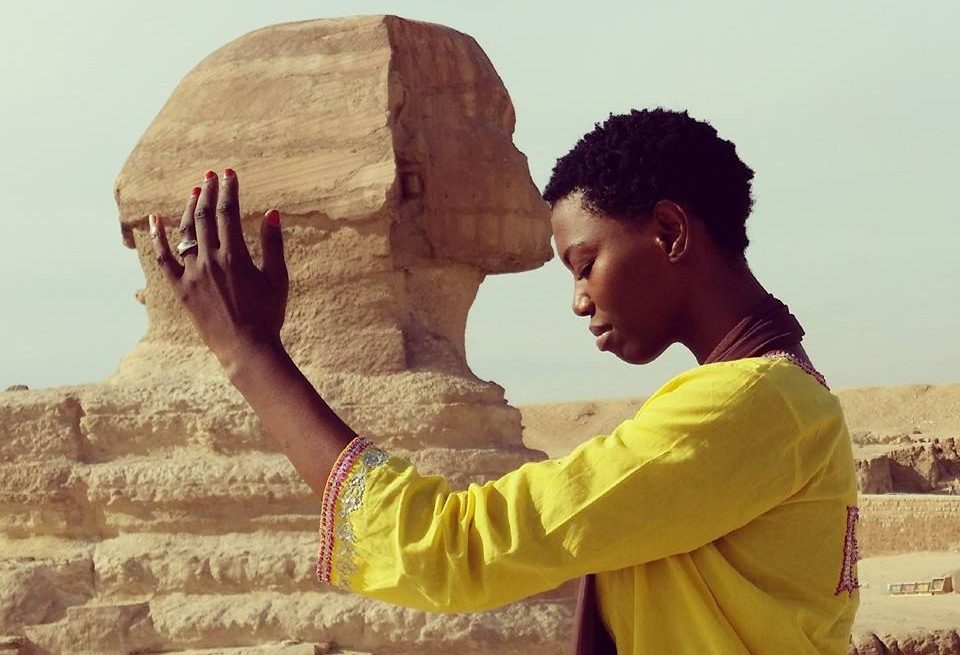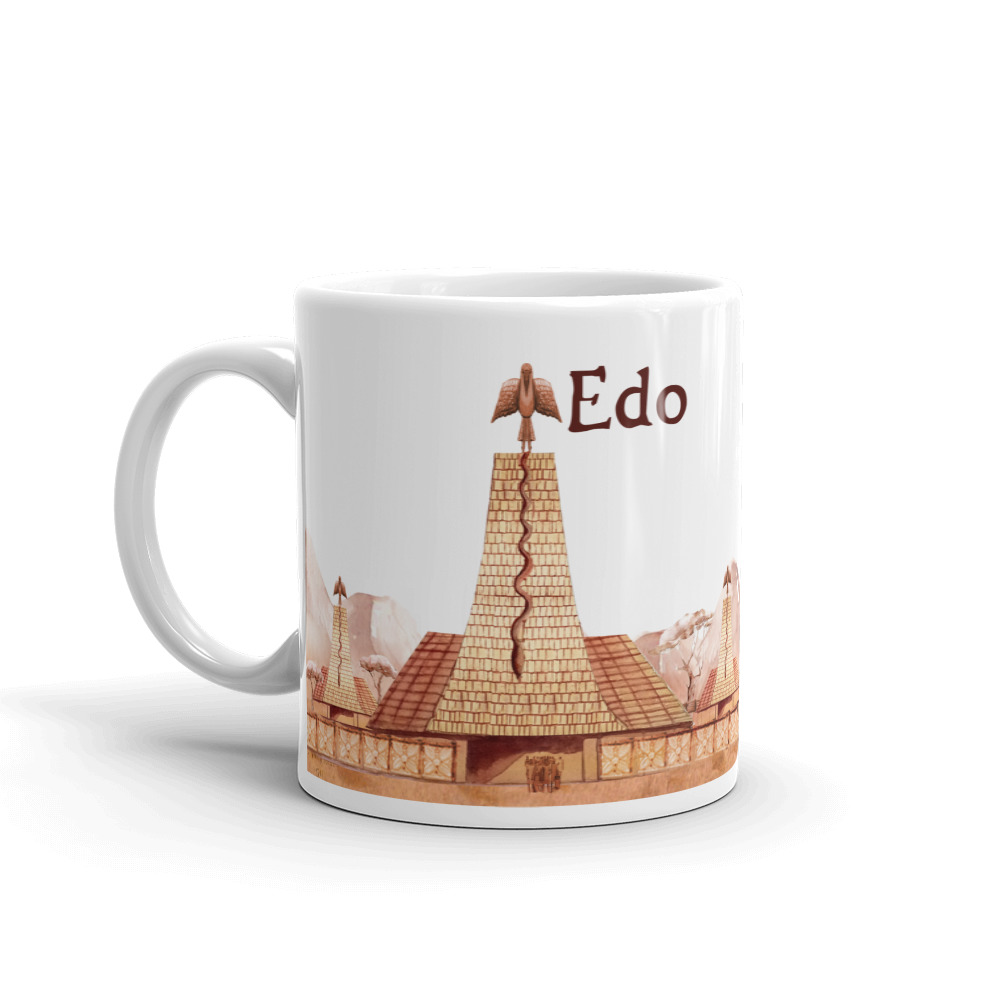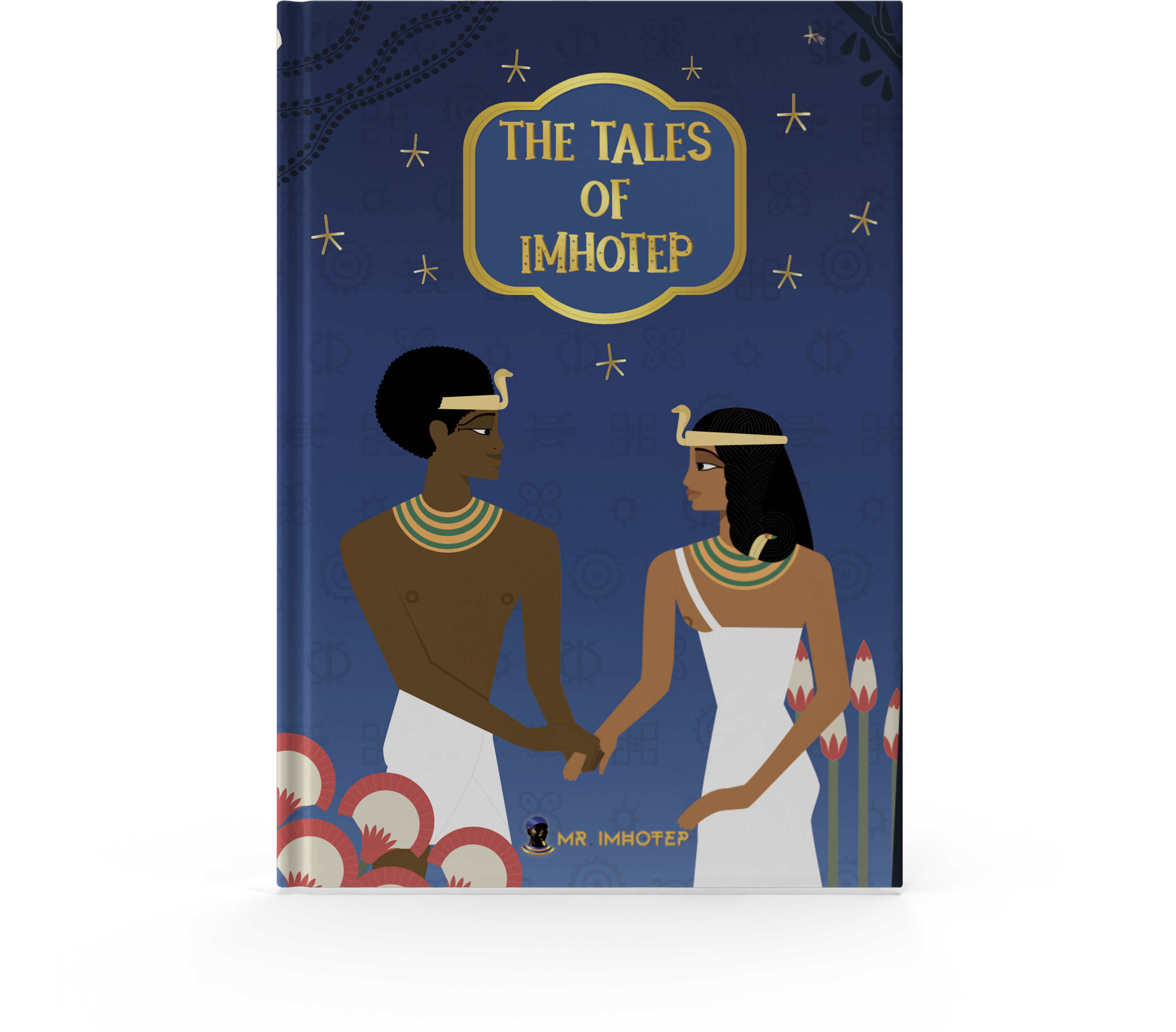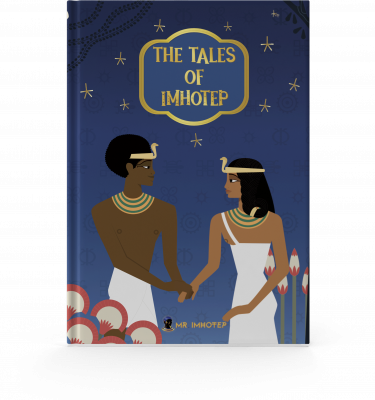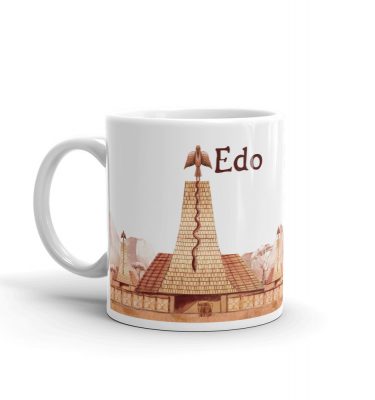Ever wonder why the Great Sphinx looks the way it does? The Badarians may be the missing piece of the puzzle. The Badarians were a fascinating group of ancient Egyptians who lived in El-Badari, middle Egypt, during the Predynastic period, around 5000 BCE. That population played a significant role in the development of the ancient Egyptian state and left a lasting legacy on the history of the region.
One important factor that contributed to the development of the ancient Egyptian society was the abundance of natural resources in the region. The Nile River, for example, provided a reliable source of water for irrigation and supported a rich and diverse ecosystem that provided food and materials for the ancient Egyptians. The presence of the Nile also facilitated trade and communication with other civilizations, allowing the ancient Egyptians to exchange goods and ideas with their neighbors.
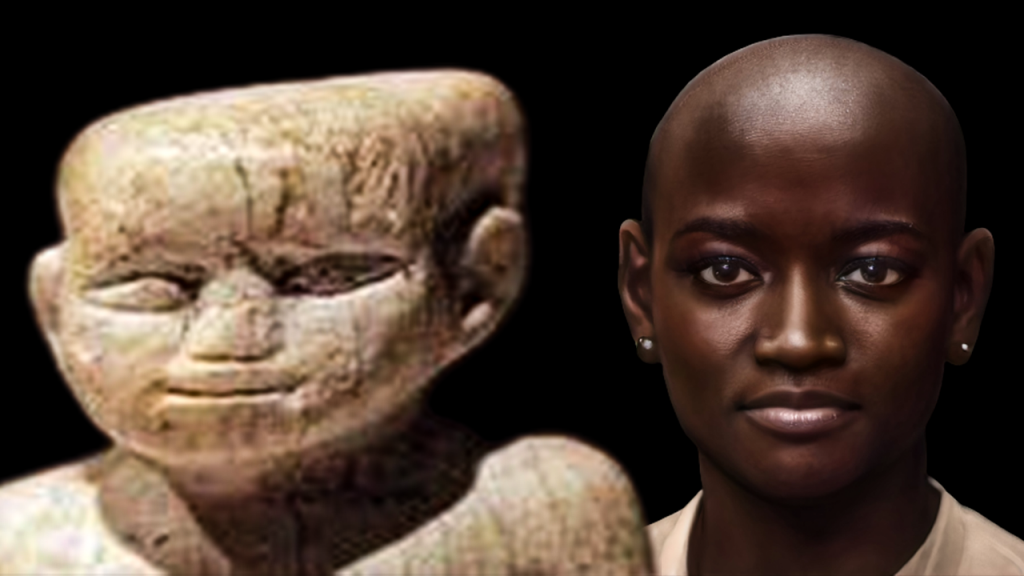
The Badarians, as a population that lived in middle Egypt during the Predynastic period, likely played a significant role in the early development of ancient Egyptian society. While we do not know much about their specific contributions, it is likely that they were involved in agriculture, trade, and the production of goods such as pottery and jewelry. The fact that they lived in the region during a time when ancient Egyptian society was undergoing significant changes, including the emergence of the first unified state and the development of complex systems of writing and governance, suggests that they may have played a role in these developments.
By exploring the history and cultural traditions of the Badarians, we can gain a greater understanding of the early development of ancient Egyptian society and the factors that shaped its formation.

In 2007, in her paper called “Population Continuity or Population Change: Formation of the Ancient Egyptian State“ Sonia R. Zakrzewski an archaeologist from the university of Southampton deeply analyzed the Badarian population’s remains. That research has provided exciting new insights into the understanding of the ancient Egyptian population, and in particular, the Badarian population. Previous studies have suggested that the Badarians were a small and gracile population with a relatively high degree of facial prognathism, and due to that, they have been classified as both “Negroid” and similar to other ancient Egyptians.
What is sub-nasal prognathism?
Subnasal Prognathism is the anterior projection of the lower face relative to the upper face. Among modern humans, populations Black Africans are generally characterized as displaying a high-degree of subnasal prognathism, in contrast with those of European, Asian, and Native American ancestries, who are generally described as having little to no prognathism. (i.e.. orthognathe) (Bass, 1987: Gill and Rhine, 1990)
So, this is why specialists classified Badarians as “Negroid.”
Sonia Zakrzewski’s study supports the description of the Badarians as small and gracile, but also found them to be phenotypically homogenous and morphologically close to the centroid of all Egyptian samples. This means that they were similar in physical appearance to other ancient Egyptians and and that these similarities remained consistent over time.
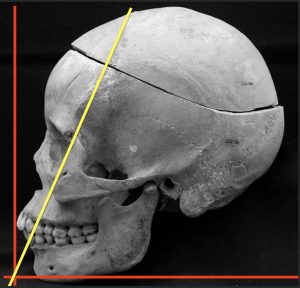
But Sonia Ruth Zakrzewski was not the only expert to come to this conclusion. Many other researchers, including S.O.Y Keita (1995, 2004), Falkenburger (1947), Strouhal (1971), and Angel (1972), have also noted that the Badarians were morphologically similar to other southern or “Negroid” groups, such as Nubians and Tigreans.
Overall, these findings provide further evidence that the early population of Egypt was indeed black, and that the Badarians, in particular, played a significant role in the development of the ancient Egyptian state. One particularly interesting aspect of the Badarians is their relatively high degree of facial prognathism, or a protruding jaw. This characteristic has often been associated with black African populations, and its presence in the Badarians adds further evidence to the theory that the early population of Egypt was indeed black.
What does it have to do with the Great the Sphinx?
This connection becomes even more intriguing when considering that this feature can be observed all over Egypt. For example, in none other than the iconic Great Sphinx of Giza, one of the most famous monuments in Ancient Egypt and in the world. It is one of the most obvious detail that one can notice when looking at the great sphinx. Especially when we are flooded with information telling us that the ancient Egyptians had nothing to do with the indigenous Africans living in the south. The Great Sphinx proves them wrong. He is believed to depict the Pharaoh Khafra, and has a significant facial prognathism, similar to that seen in the Badarian population. It is not a coincidence that an indigenous population of Egypt, the Badarians, carried this feature, and that the most iconic monument of that civilization also exhibits the same characteristic. It is the evidence that it was actually a common feature among the native population back in the day.
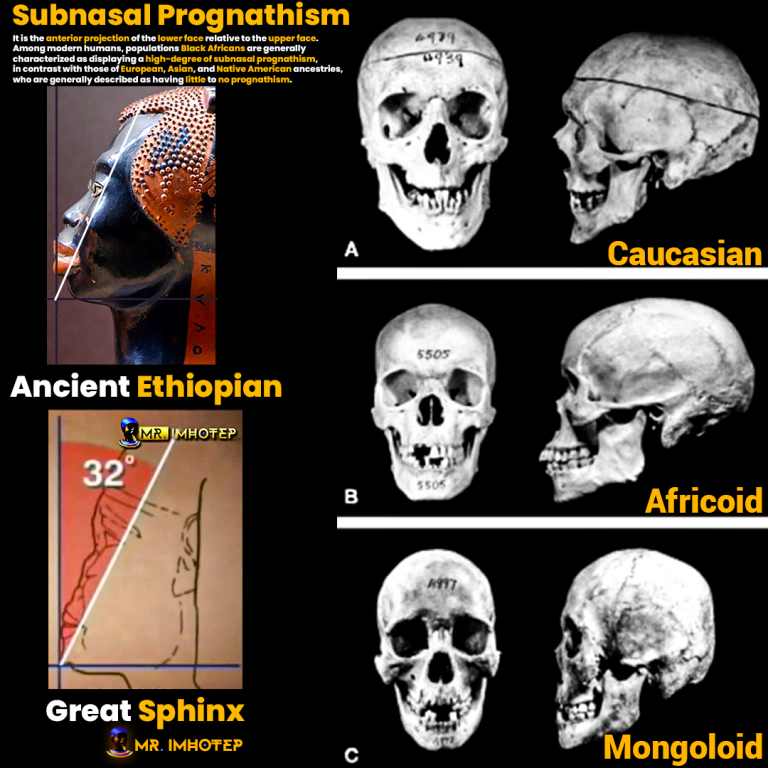
Why does it matter?
Throughout history, prognathism, or the protrusion of the jaw, has been used by racist European anthropologists and scientists as a tool to associate Black African populations with monkeys and portray them as inferior to white European populations.
These anthropologists often claimed that Black Africans had more “primitive” physical characteristics, such as a prominent jaw, and used these characteristics to justify their belief in the inherent superiority of white Europeans. These racist and misguided arguments were often used to demonize the African image and to justify colonialism, slavery, and other forms of oppression and discrimination against Black African populations.
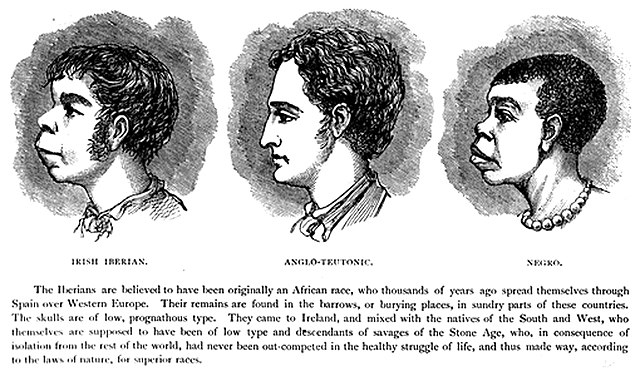
But this study suggests that the ancient Egyptians, including the Pharaohs, builders of the greatest civilization of the ancient world, saw facial prognathism as a desirable trait and actively incorporated it into their art and architecture. Even the most powerful God of the ancient Egyptian Pantheon, Amun, was depicted with high degree of prognathism. It is a proof that these beliefs were completely unfounded.
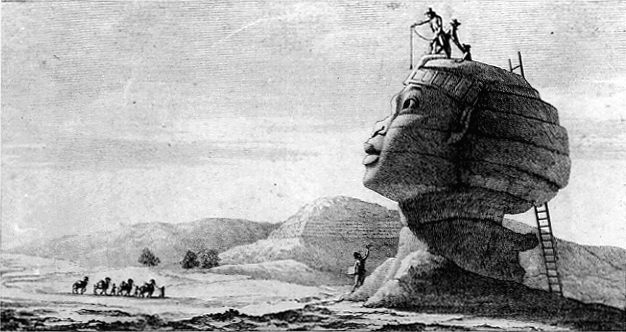
With this article, we hope to shift the narrative and help those carrying these demonized features find peace and develop more self-love. It is important to recognize and reject these harmful and unfounded beliefs and strive for a more nuanced and accurate understanding of the diversity of human populations and cultures.
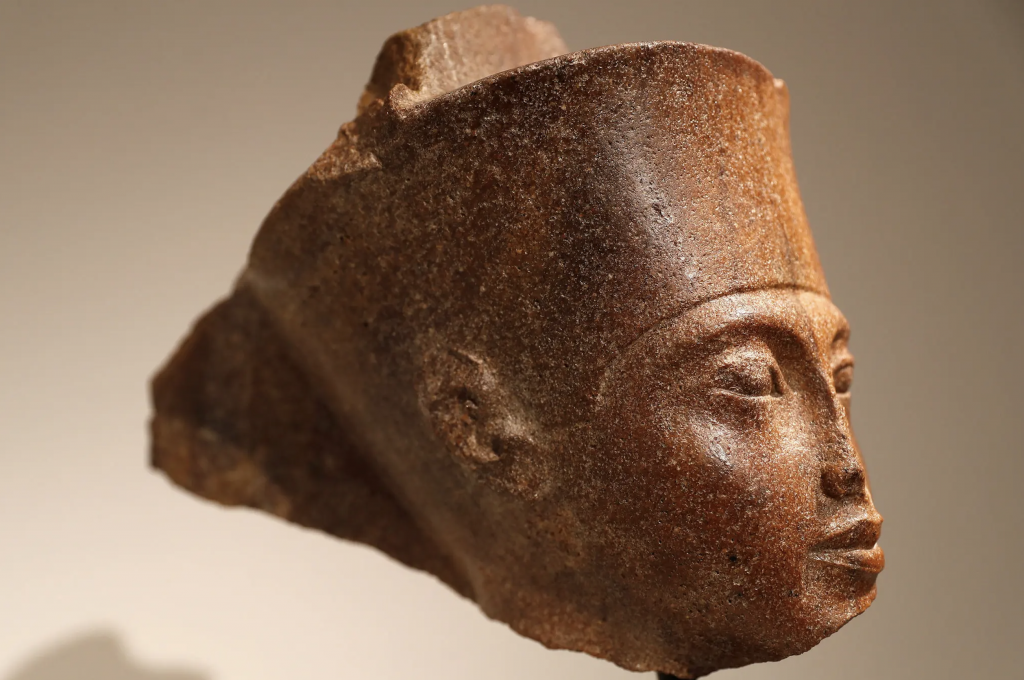
Overall, the Badarians were a fascinating population that played a significant role in the development of ancient Egyptian society and left a lasting legacy on the history of the region. By exploring their history and cultural traditions, we gained a greater understanding of the factors that shaped the formation of ancient Egyptian society and the role that different populations played in that process.
References:
Population Continuity or Population Change: Formation of the Ancient Egyptian State – DOI:10.1002/ajpa.20569 -Sonia R Zakrzewski, University of Southampton
A morphometric analysis of prognathism and evaluation of the gnathic index in modern humans DOI: 10.1016/j.jchb.2016.04.006 K.M. Lesciotto1*, L.L. Cabo1, H.M. Garvin1,2

